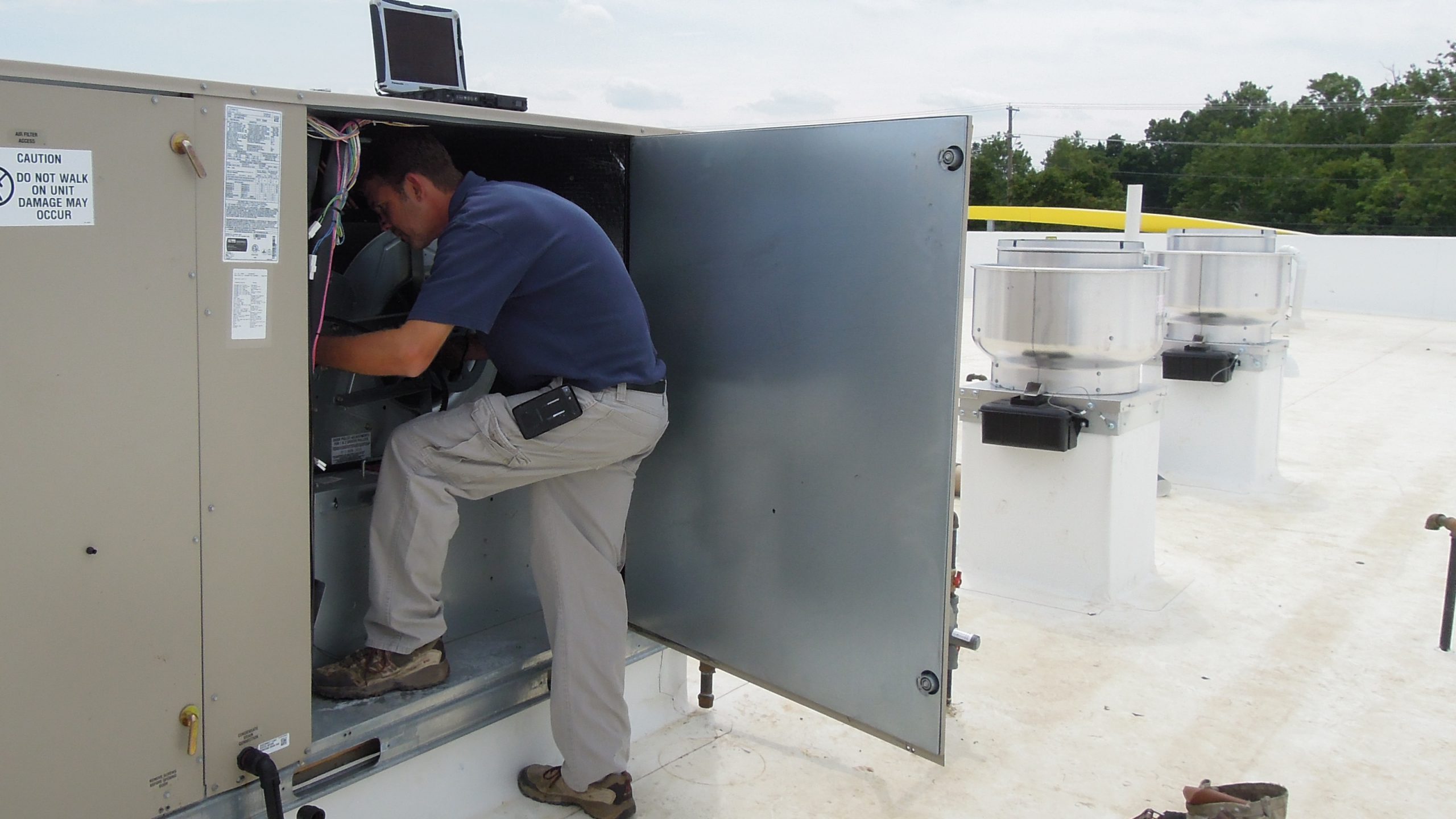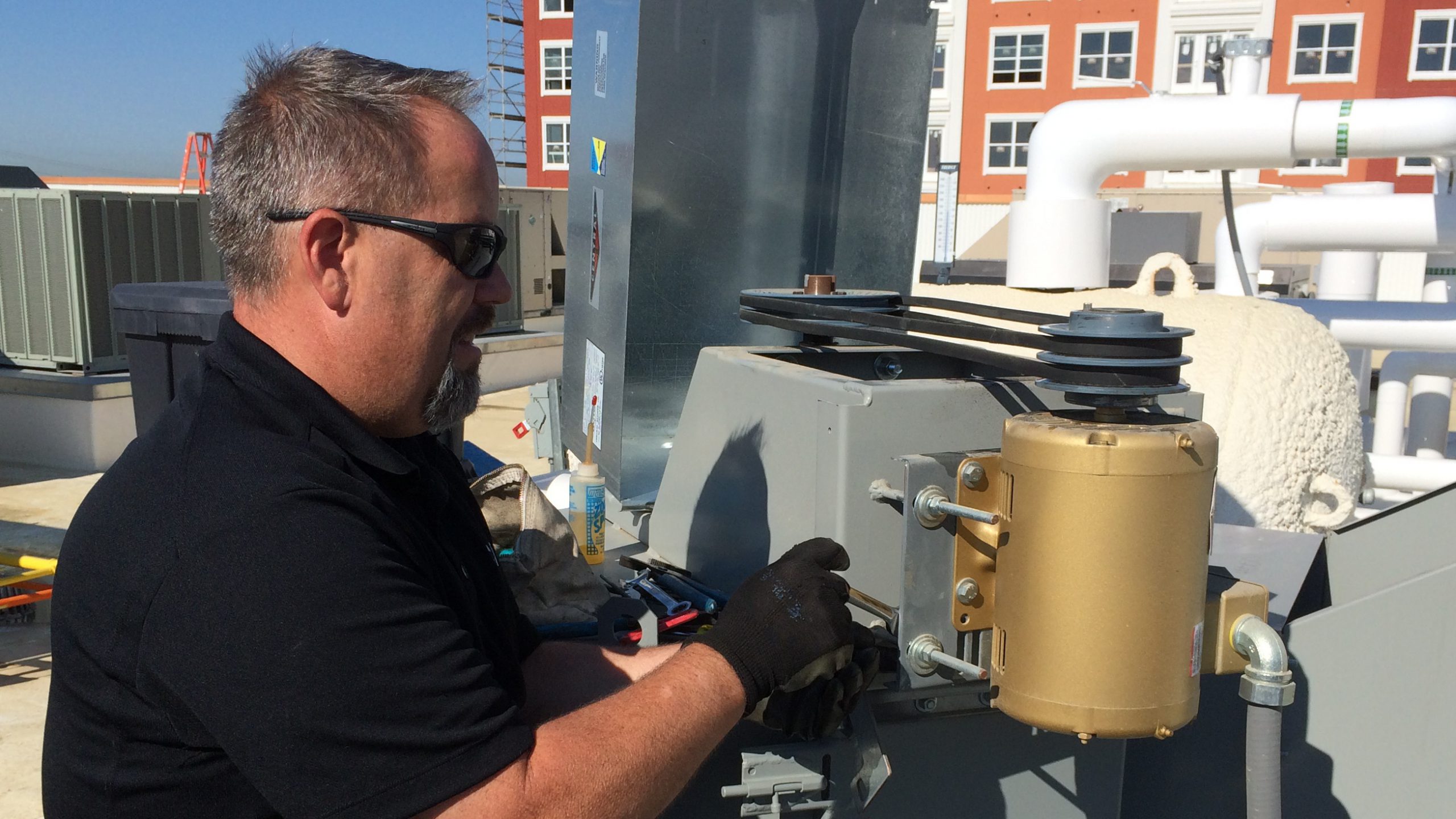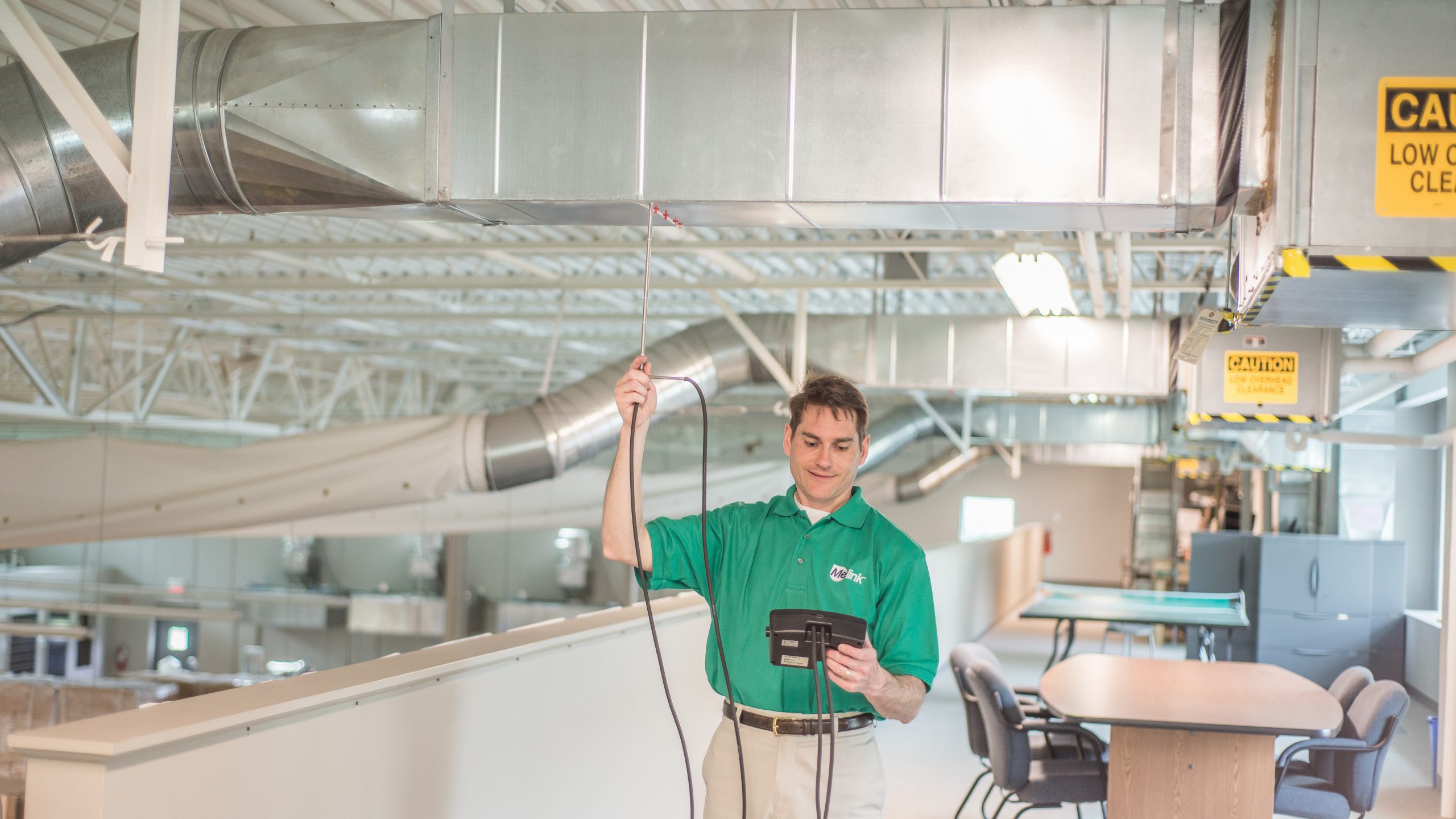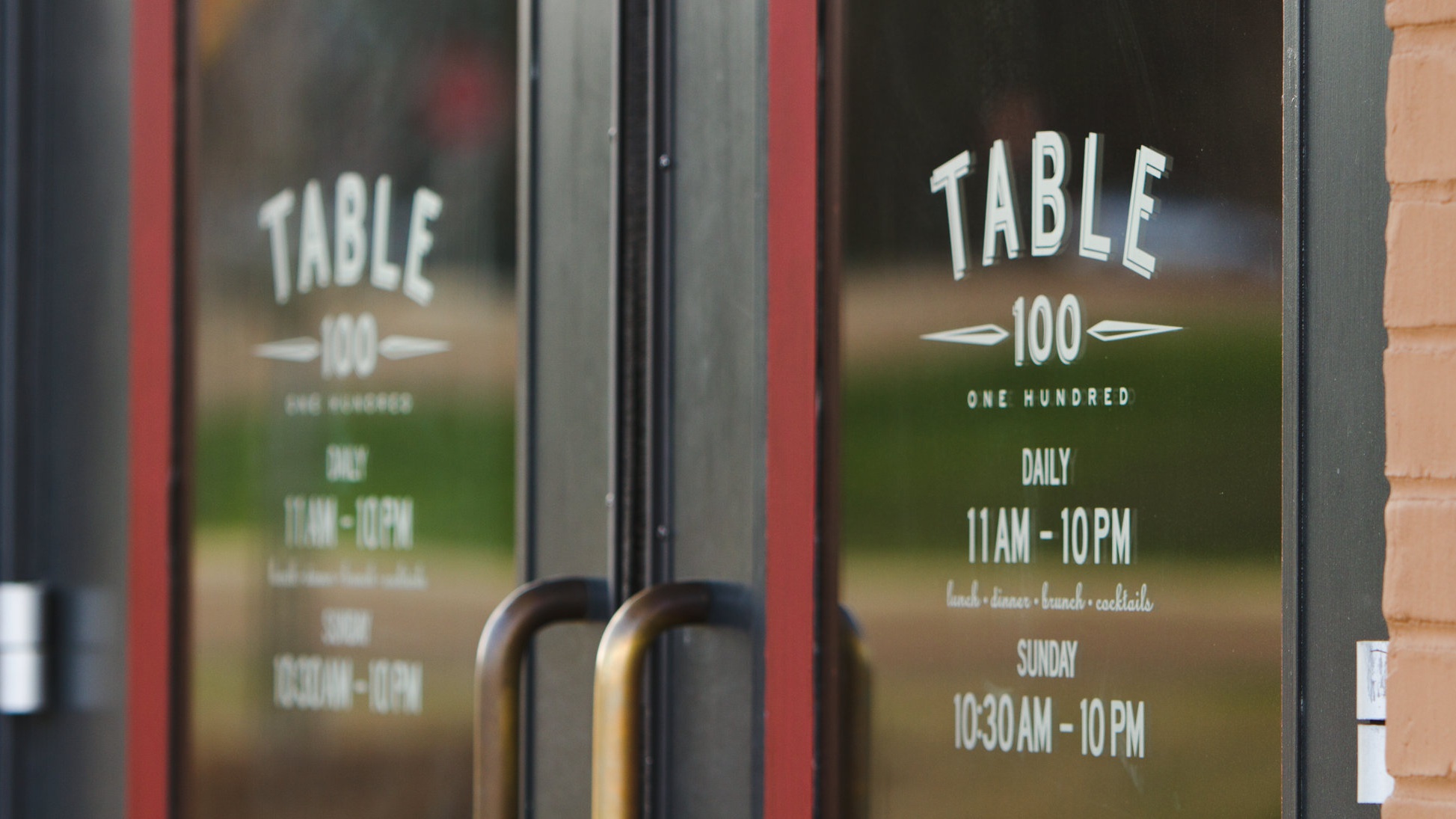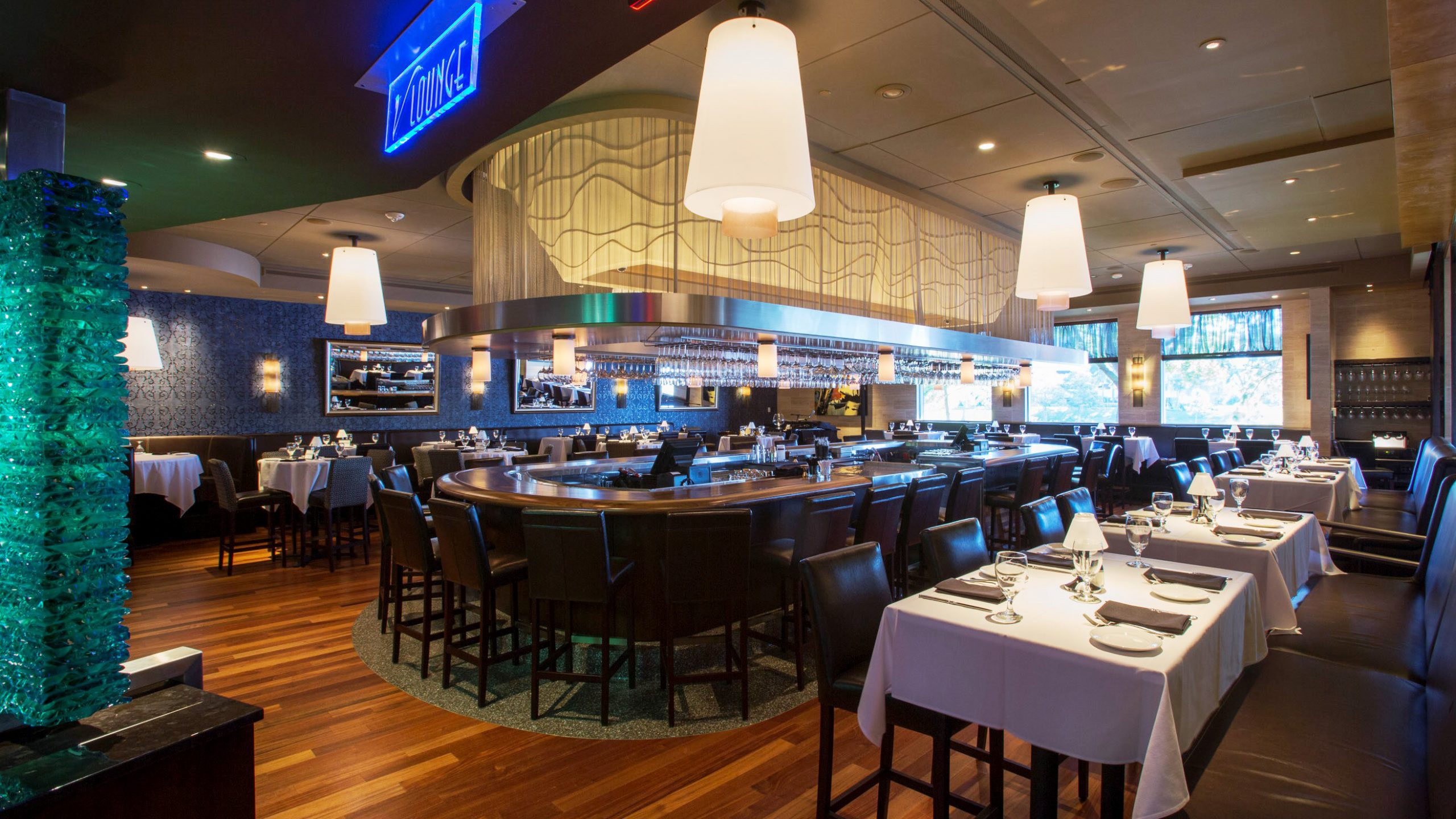The goal of a good facility manager is to balance the customer’s brand experience with the company’s budget allocation and facility lifetime. The goal of a good air balancer is to objectively
restore the facility’s HVAC health. The air balance report is the bridge between the two parties’ goals. Once the balance report is in your hands, we suggest the following steps to enable you to take facility management from good to great:
1. Take time to go through the report and see what problems were uncovered as well as proposed solutions.
2. Prioritize the list. Use specific criteria to determine which tasks you’ll tackle and in what order. You might start with facility goals, severity, effect on occupant comfort, effect on efficiency, budget and estimated interruption to business. This would also be a good time to consult a trusted colleague on his or her opinion. If design prints were provided, you will find punch list items of discrepancies with those prints. Punch list items are typically the most urgent. In addition to punch list items or in the absence of design prints, many air balance contractors will provide recommendations. These are a combination of urgent items and best practices. If you want the best-run stores in your market, you’ll schedule execution of all the recommendations. If you’re constrained by budget, you might pick and choose the most important.
2 examples of urgent recommendations:
- Mold inside the rooftop units. Get those puppies cleaned ASAP!
- Leaks in the rooftop units. Not taking care of the leaks immediately will waste your money in patching membrane and/or replacing ductwork.
3. Use the report to evaluate whether your mechanical contractor or maintenance contractor is fulfilling your expectations. We often find facility managers using air balance reports to audit performance of HVAC management.
4. Assign the punch list items and/or recommendations to your qualified mechanical contractor.
5. Tie up loose ends by having the air balance contractor revisit your site within 30 or 60 days to verify the assignments were completed. Do not assume the fixes will be made just by
passing it off to a maintenance contractor. At the very least, inspect completion yourself. If things weren’t fixed, that voids the entire effort and wastes your hard-earned dollars. Further, you’ll keep experiencing the problems.
Note: If your tasks include replacing equipment or major layout changes, you’ll need a balancer to tune the HVAC system to near design airflow so you can maintain a healthy building.
If there’s only one step you take away from this article, it needs to be No. 5. This advice is most often overlooked but distinguishes good facility managers from great ones.
